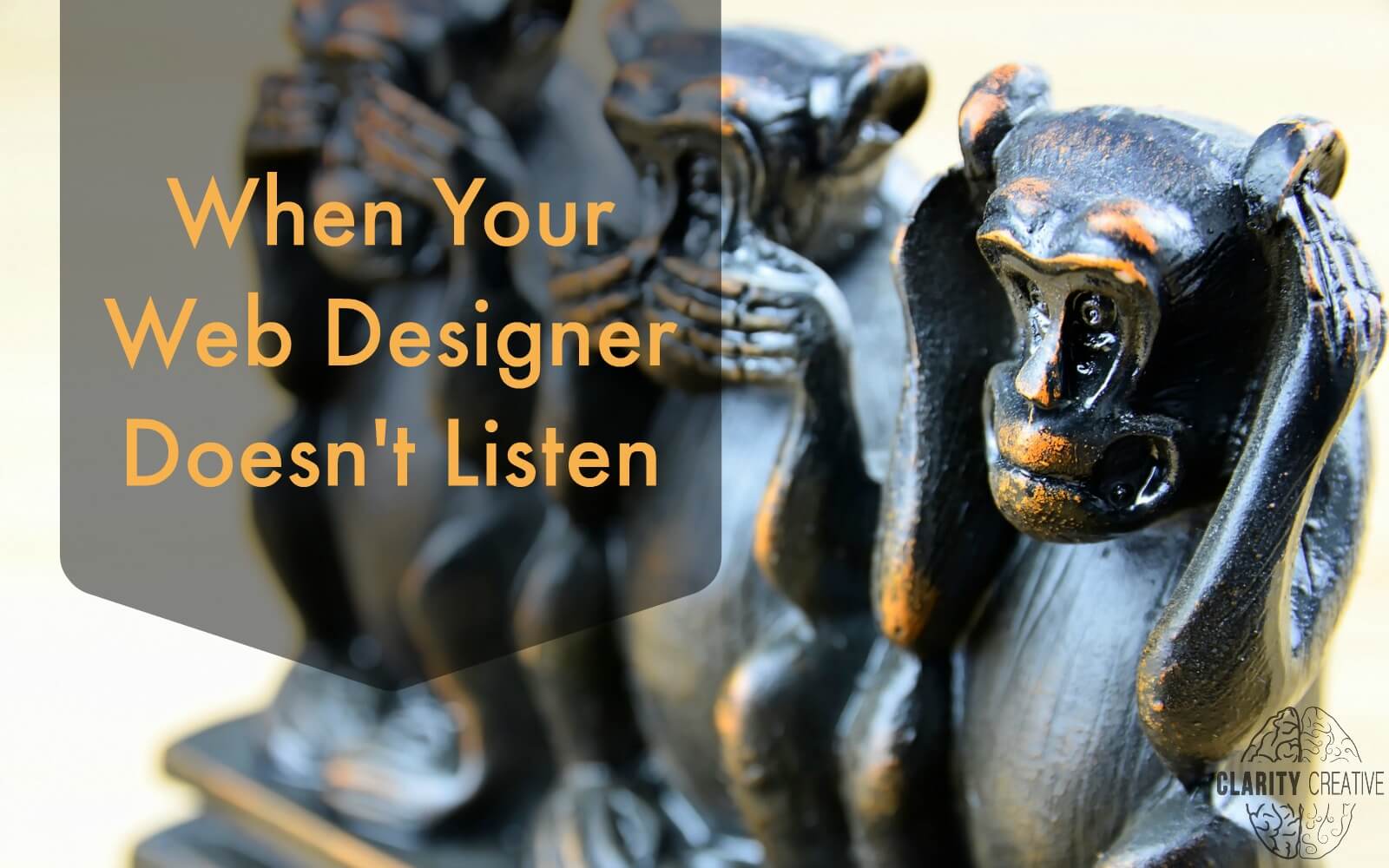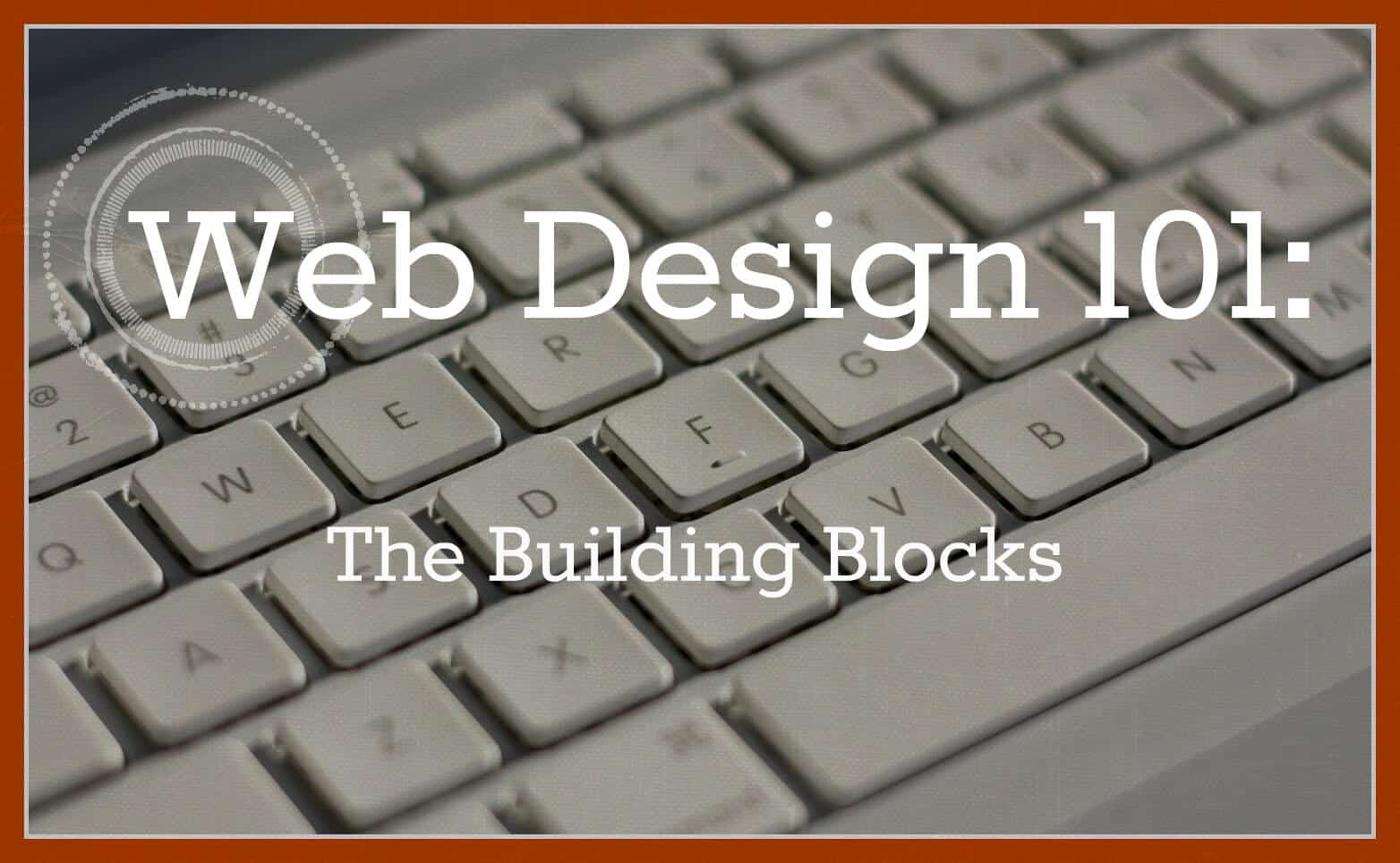It’s a scourge among relationships across the country. You think you’re having a heart-to-heart with someone who truly cares about you, but then they glance at their latest Snapchat notification…then someone comments on their Instagram…and before you know it, they’re scrolling through their Facebook feed as if you aren’t even there.
The act of phone snubbing (or “phubbing”) can mean death for any relationship. But it’s only a symptom of a larger problem: not knowing how to actively listen.
In our last blog post, we laid out the CLEAR process we use for our client relationships—Connect & Learn, Execute, Analyze, and Research—and this week we’re going to focus on the Connect & Learn step.
It sounds like such a simple idea: you schedule a meeting with your new web designer (or web designer-to-be), you hash out some ideas, and you end up with a website, right? How hard could it be?
Well, when your web designer doesn’t listen, it’s a recipe for disaster—not just for you, but for your business.
When Your Web Designer Doesn’t Listen

People put up with a lot from those they perceive to be in charge. You laugh at your boss’s corny jokes. You sit through awkward small talk with your hairdresser. You might even pass off your web designer’s social awkwardness as just the prerequisite of being a web designer.
But active listening is a requirement in any relationship, especially the relationships your business depends on. So, what does a web designer look like when they’re not listening to you?
- They don’t look at you. They seem distracted; they scroll through their phone or take notes without so much as a glance up. They look (dare we say it?) bored.
- They think of themselves first. Rather than hearing you out, they try to push their opinions on you. They take every chance to correct you and bully you into hiring them. Because they’re the “expert” and you’re the lowly peasant who desperately needs them, they act as if what they have to say is more important than what you have to say.
- They don’t respond to you. You pour your heart out about how you want your site to look, be, and function…and their response is, “Ok. I’ll get back to you.” They provide little or no feedback. They don’t act excited or even take notes.
- They don’t offer any ideas. The flipside of the “me first” designer is the one who says, “Whatever you want; you’re the client. Just don’t blame me when something goes wrong.” A web designer who has (and wants) no say in the website s/he’s building either doesn’t care about your business or doesn’t care about their work.
- You end up with a website you hate. It has none of your ideas. Or it takes twice as long to create because of all the miscommunication. And in the end, if you hate your website, what’s the point?
What Active Listening Can Do

Therapists are excellent at using active listening to make their clients feel understood, validated, and safe. But you don’t need a PhD in Psychology to do it. Anybody can learn how to be a better active listener. There are lots of tips and tricks you can use, but it really boils down to two things:
- Truly listening to the other person.
- Letting the other person feel heard.
Communication is a two-way street. And listening is just as important as talking when it comes to true communication. So what does it look like when your web designer does listen to you?
Say Hello, and Let's Get To Work Together
When Your Web Designer Actually Listens

- They let you talk. After all, you are the paying client; they literally couldn’t do this without you.
- They ask questions. They want to know what works and what doesn’t work about your existing website. They want to know all about your brand, marketing strategy, and budget. A good web designer puts his/her clients first.
- They have ideas. If your web designer is truly listening to you (and if they’re good at their job), your conversation should spark some ideas in their brain that they’re excited to share with you.
- They make sure everyone’s on the same page. They do their best to make you feel informed and comfortable. They ask for, and provide, clarification when needed.
- They make your business successful. A web designer who listens is a web designer who can give you what you need. And when a designer can give you the site your business needs, the money follows.
Conclusion
As long as the internet has been around, there have been really bad web designers. But by holding your web designer to certain standards, you can make sure that only the good ones stick around. Businesses fail every day for any number of reasons; there’s no reason that “web designer wouldn’t listen” should be one of them.
Clarity Creative Group is a digital marketing company located in beautiful Orlando, Florida. We’d love to know what we can do for your business. Go ahead. We’re listening.
Save
Save
Save







